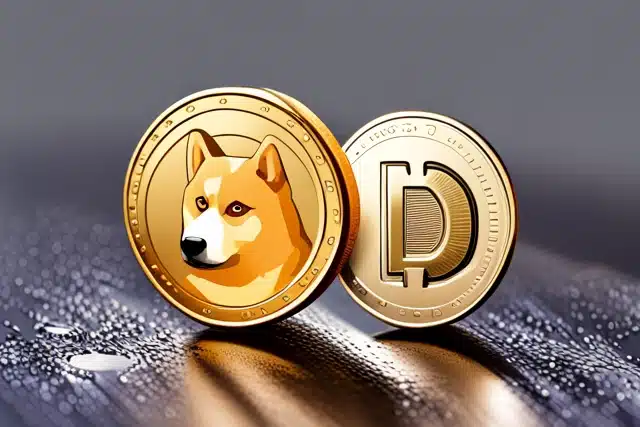Agencia 92: Your Source for Trending News
Stay updated with the latest insights and stories that matter.
Doge Coin or Doge Coin't: The Cryptocurrency Quandary
Unravel the Doge Coin dilemma: Is it the next big thing or just a meme? Discover the truth behind this cryptocurrency craze!
Understanding Dogecoin: From Meme to Mainstream Currency
Dogecoin started as a joke, inspired by the popular Doge meme featuring a Shiba Inu. Launched in December 2013 by software engineers Billy Markus and Jackson Palmer, it was intended to serve as a fun and friendly cryptocurrency that would appeal to a broader audience than Bitcoin. Despite its humble beginnings, Dogecoin quickly gained traction, attracting a passionate community dedicated to promoting the coin through charitable initiatives and sponsorships, including funding a NASCAR driver in 2014. Over the years, the coin's mascot and playful branding contributed to its viral popularity, showcasing how viral internet culture can influence and reshape financial landscapes.
As cryptocurrency gained mainstream acceptance, Dogecoin began to transition from a meme into a recognized digital asset. Its low transaction costs and inflationary nature differentiate it from other cryptocurrencies, making it an appealing option for micropayments and tipping online creators. The coin's community has embraced various causes, creating an image of a genuinely supportive network. With endorsements from high-profile figures, including Elon Musk, Dogecoin slowly but steadily transformed, illustrating the blurred lines between a meme currency and a legitimate currency within the broader financial ecosystem.

Is Dogecoin a Sustainable Investment? An In-Depth Analysis
As the popularity of cryptocurrencies continues to rise, many investors are asking, Is Dogecoin a sustainable investment? Initially created as a joke, Dogecoin has transcended its origins, now boasting a substantial market cap and a vibrant community. However, the sustainability of its value hinges on several factors, including market sentiment, technological advancements, and regulatory scrutiny. Unlike Bitcoin, which has a capped supply, Dogecoin has no maximum limit on its issuance, leading to concerns about inflationary pressures that may undermine its long-term viability.
Moreover, the environmental impact of cryptocurrency mining has come under intense scrutiny. While Dogecoin operates on a proof-of-work model similar to Bitcoin, it is often cited as being more energy-efficient. However, potential investors must weigh this against the broader context of the crypto market's evolution. Is Dogecoin a sustainable investment? Essentially, it may depend on the investor's risk tolerance and belief in the cryptocurrency's ability to adapt to changing market dynamics and regulatory landscapes.
The Future of Dogecoin: Can It Compete with Leading Cryptocurrencies?
As we delve into The Future of Dogecoin, it becomes essential to understand its unique position in the rapidly evolving cryptocurrency landscape. Initially created as a lighthearted joke, Dogecoin has surprisingly garnered a vast community and significant market presence. To assess its potential, we must consider several factors: its active community, philanthropic initiatives, and adaptability to technological changes. While it may not have the same level of recognition as Bitcoin or Ethereum, Dogecoin has demonstrated a resilience that could allow it to emerge as a formidable player among leading cryptocurrencies.
However, competition in the crypto market is fierce, and Dogecoin will need to address certain challenges to solidify its status. Increasing scalability, improving transaction speed, and enhancing security measures are crucial for Dogecoin to stay relevant. Furthermore, in order to compete effectively, it’s vital for Dogecoin to attract developers and investors with innovative projects, such as smart contracts and decentralized applications. Ultimately, the question remains: can Dogecoin transition from a meme-inspired currency to a serious contender? Only time will reveal if it can hold its ground alongside established giants in the crypto universe.